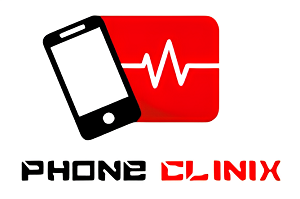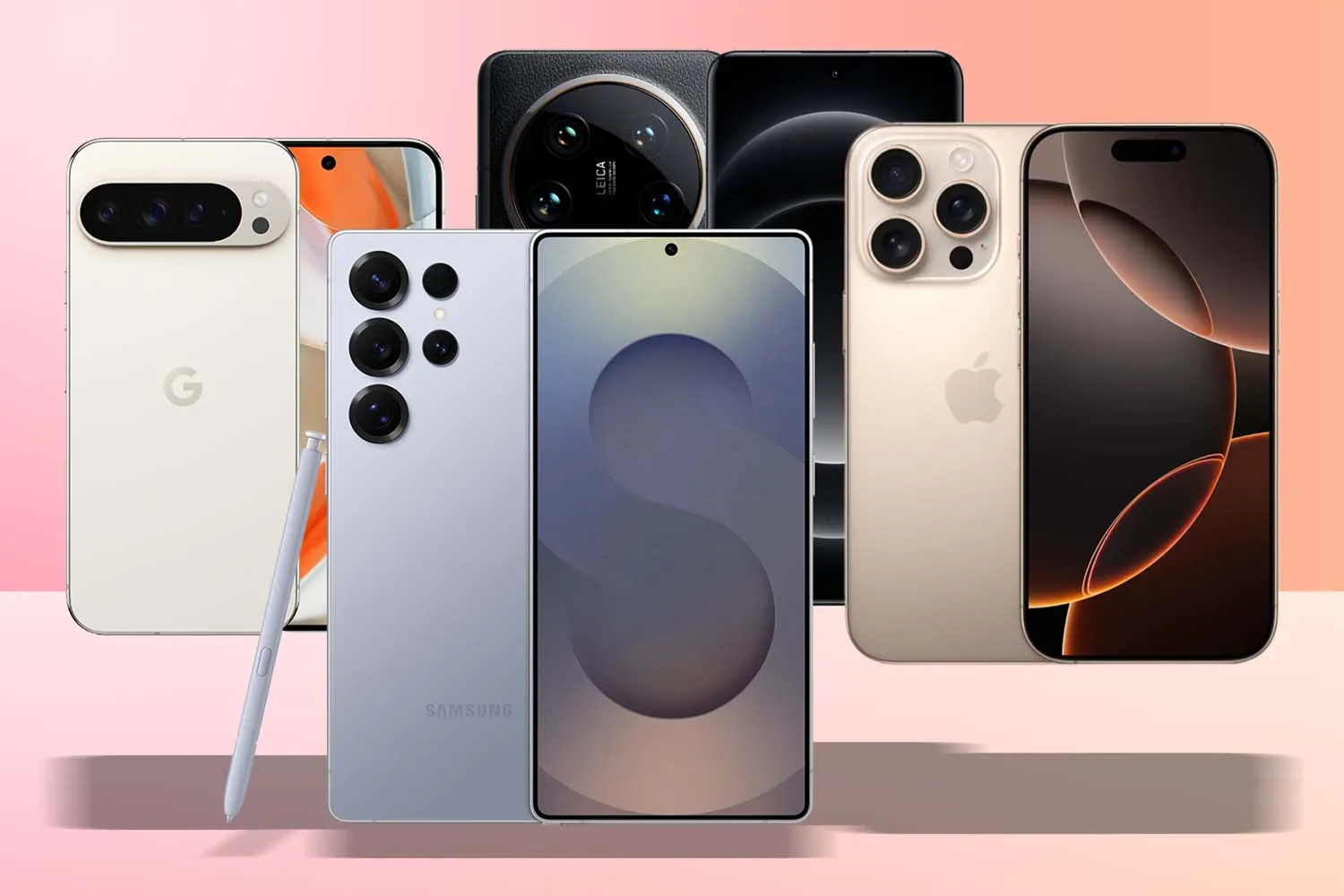In today’s fast-paced world, mobile phones have become indispensable tools for work, entertainment, and communication. However, as technology advances, even the most cutting-edge smartphones can experience issues such as lagging, slow speeds, and connectivity problems. Whether it’s browsing the web, playing games, or sending messages, a phone that is slow or experiencing connectivity issues can be incredibly frustrating.
Thankfully, diagnosing and improving phone speed isn’t as complicated as it might seem. In this article, we’ll discuss five simple yet effective ways to diagnose lag and improve phone performance, including the importance of using phone diagnostic software.
1. Use Phone Diagnostic Software to Identify the Problem
The first step to diagnosing any issue with your phone is to understand what might be causing the problem. Phone diagnostic software can be a lifesaver in this situation, helping you identify the root cause of lag, poor connectivity, or other performance issues.
Phone diagnostic software is designed to assess various aspects of your device’s performance, including memory usage, processor load, battery health, and network connectivity. These tools can quickly pinpoint any underlying issues affecting your phone’s speed and performance, allowing you to take the necessary steps to fix the problem.
Some of the most common issues identified by diagnostic software include:
- High CPU usage: Excessive processor load can lead to lagging and slow response times. Diagnostic software can tell you which apps are consuming the most resources and help you decide which ones to close or uninstall.
- Memory (RAM) problems: Insufficient RAM can slow down your phone, especially if you’re multitasking or running heavy applications. Diagnostic software can show you which apps are using the most memory, allowing you to manage them better.
- Battery health issues: A degraded battery can affect your phone’s performance and cause lag. Diagnostic tools can analyze battery health and suggest optimizations.
- Network connectivity issues: A poor network connection can also cause apps to load slowly or result in interruptions during calls or video chats. Diagnostic software can check for connectivity issues related to Wi-Fi, cellular networks, or Bluetooth.
By using phone diagnostic software, you can pinpoint the exact cause of your phone’s sluggishness and take the appropriate steps to remedy it.
2. Clear Cache and Unnecessary Files
Over time, your phone accumulates cached data, temporary files, and app leftovers that can take up valuable storage space and slow down its performance. Clearing the cache and deleting unnecessary files can significantly improve your phone’s speed.
Many apps store temporary data to help them load faster. However, when this data accumulates over time, it can become bloated and negatively impact performance. Clearing the cache of individual apps or using your phone’s built-in storage management tool can help free up space and improve overall speed.
Here’s how to clear your cache:
- For Android phones: Go to Settings > Storage > Cached data. Tap on “Cached data” and confirm that you want to clear it. You can also go to individual app settings and clear cache for each app.
- For iPhones: Go to Settings > Safari > Clear History and Website Data. For other apps, you may need to delete and reinstall them to clear cache.
Additionally, uninstalling unused apps and deleting old photos, videos, and documents can free up storage space and prevent your phone from becoming too sluggish.
3. Check and Improve Connectivity
Connectivity issues are one of the most common reasons for phone lag, especially when browsing the web, streaming media, or using apps that require a stable internet connection. Poor Wi-Fi or cellular connectivity can lead to slow speeds, buffering, and interruptions.
Here are five ways to improve your phone’s connectivity:
- Switch to a faster Wi-Fi network: If you’re experiencing slow speeds while connected to Wi-Fi, try switching to a different network or moving closer to your router. You can also reboot your router to resolve minor connectivity issues.
- Toggle Airplane Mode: If you’re experiencing issues with cellular connectivity, toggling Airplane Mode on and off can reset the connection and resolve temporary issues.
- Disable Wi-Fi and Cellular Data Assist: Some phones automatically switch between Wi-Fi and cellular data to ensure a stable connection. However, this can lead to disruptions or slow speeds if the phone switches at the wrong time. Try disabling this feature in your phone’s settings.
- Use a Wi-Fi Analyzer: If your phone struggles to maintain a connection, use a Wi-Fi analyzer app to detect congestion or weak signals in your area. This can help you identify optimal spots for connecting to Wi-Fi.
- Update Network Settings: Sometimes, network issues arise from outdated settings. In Android, you can reset network settings by going to Settings > System > Reset options > Reset Wi-Fi, mobile & Bluetooth. For iPhones, go to Settings > General > Reset > Reset Network Settings.
By addressing these connectivity issues, you can significantly reduce lag and improve phone speed.
4. Update Software and Apps Regularly
Outdated software and apps are often the culprit behind slow phone speeds and lag. Mobile operating systems and apps frequently receive updates that fix bugs, improve performance, and introduce new features. Neglecting to update your phone’s software and apps can lead to poor performance and slow speeds.
Here’s how to ensure your phone is up to date:
- For Android phones: Go to Settings > Software update, and check for any available updates. Make sure to install the latest version of Android to benefit from improved security, bug fixes, and performance enhancements.
- For iPhones: Go to Settings > General > Software Update, and download any available updates.
Similarly, make sure all your apps are updated to their latest versions. You can enable automatic updates for apps in the Google Play Store or the Apple App Store to keep them up to date without manual intervention.
Updating both your phone’s software and apps can help fix bugs that may cause lag and improve overall performance.
5. Factory Reset Your Phone
If all else fails and your phone continues to experience lag despite trying the above methods, performing a factory reset may be necessary. A factory reset will return your phone to its original settings, erasing all data, apps, and personal information in the process.
A factory reset can resolve deep-rooted issues such as corrupted system files, malicious software, or severe app conflicts that are beyond the reach of other solutions. However, it’s important to back up your data before performing a reset to avoid losing important information.
Here’s how to factory reset your phone:
- For Android phones: Go to Settings > System > Reset options > Erase all data (factory reset).
- For iPhones: Go to Settings > General > Reset > Erase All Content and Settings.
After the reset, your phone will be restored to its original state, and you can begin setting it up again. This should remove any lingering performance issues and return your phone to optimal speed.
Conclusion
Connectivity issues and lagging are frustrating problems that can impact your phone’s performance and usability. However, with the right tools and techniques, you can easily diagnose and resolve these issues. By using phone diagnostic software, clearing cache and unnecessary files, improving connectivity, keeping your software updated, and performing a factory reset when necessary, you can ensure that your phone runs smoothly and efficiently.
While some issues may require professional assistance, following these simple steps can help you troubleshoot common problems and improve your phone’s speed, allowing you to get the most out of your device.



